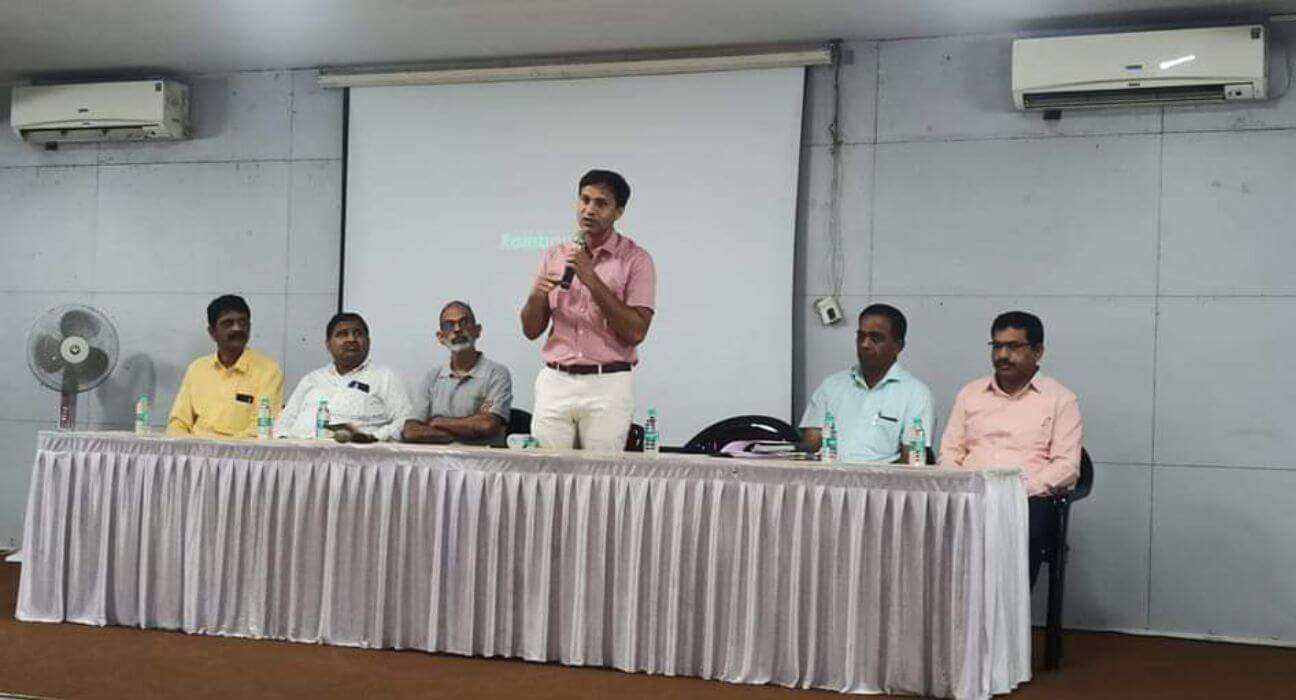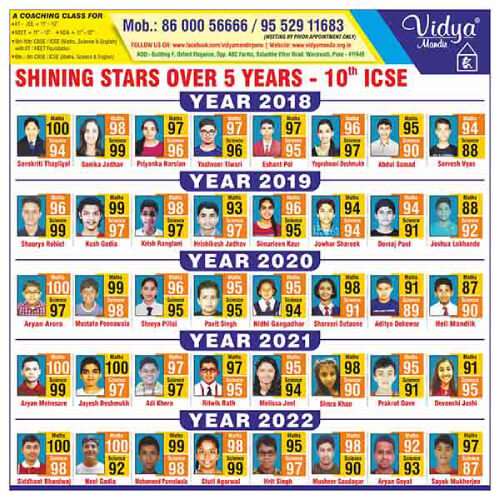Pune News : Bus Rapid Transit is essential for public transport improvement and city’s development

A 2-day workshop on 9th and 10th February was organized by PMPML to explore ways to improve the existing BRTS network in Pune and Pimpri-Chinchwad and plan for future expansion and identify missing links.
The workshop was organized with technical support from city NGOs Parisar, Save Pune Traffic Movement, Centre for Environment Education (CEE), urban transport expert Pranjali Deshpande and Yogesh Dandekar of Sarg Design Studio, at the Pt. Jawaharlal Nehru Hall at Ghole Road and was attended by engineers and staff of PMPML, the Pune Municipal Corporation, Pimpri-Chinchwad Municipal Corporation and Pune and Pimpri Chinchwad Traffic Police.

Of the 145 km BRTS network planned under JNNURM, only 70 kms was ever completed, of which currently only 45 kms are operational. Many of the corridors have been impacted by the ongoing Metro Rail work. PMPML presented data of the current BRTS system which shows that the average speed of buses on the dedicated corridors is almost 25 kmph as compared to regular buses which have slowed to 12-15 kmph due to rising congestion. The BRT corridors serve more than 4 lakh commuters daily, which can increase if the BRT network expands. A survey conducted by the bus service provider also highlighted the poor state of the BRT stations, especially the sliding doors which have become almost inoperational in PMC. Likewise, the ITMS system is also now completely dysfunctional.
The PMC and PCMC participants confirmed that while no new corridors were being planned, the corridors impacted by Metro would be reinstated. However, it was felt that certain corridors needed to be completed to ensure connectivity with the existing PCMC corridors, which include Aaple Ghar to Wagholi extension, Wakdewadi Dapodi on old Mumbai-Pune Highway and the Aundh Road (Pune University to Rajiv Gandhi bridge) corridor which has been stalled by the Traffic Police. Existing BRT stations in Pune are in bad condition and need renovation to ensure comfort and safety of passengers.
One key message from the workshop was that the BRTS network needs to be complete and comprehensive to provide seamless connectivity on a dedicated right of way, irrespective of whether it overlaps with a Metro corridor or not. It was reiterated that buses do not cause congestion, but can indeed help to reduce vehicular traffic by inducing a modal shift. The workshop participants worked in groups on 4 key characteristics that are needed to induce the shift, namely reliability, connectivity and convenience, affordability and universal availability.
Based on the recommendations of the workshop a budget requirement for the upcoming year was proposed and will be submitted to both the Municipal Corporations.









